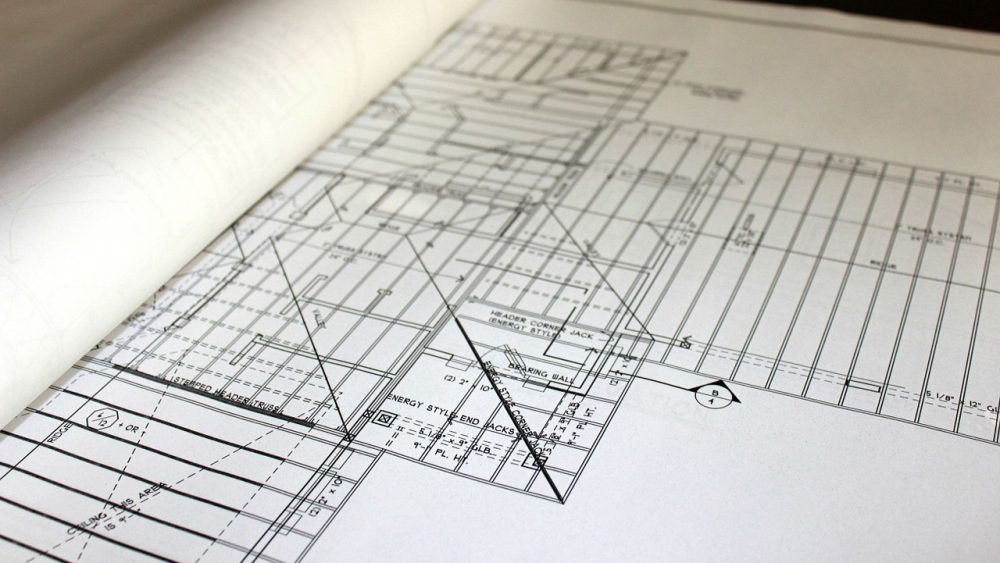Data centers are predominantly function-focused with temperature and security levels under close scrutiny for uninterrupted IT infrastructure ops. Design isn’t typically a priority—but what if it were? Gensler’s Martin Gollwitzer hits home with a striking quote: “How do you get excited about designing a space that’s for machines and not for people?”
Design and Functionality can meet in the middle. A forward-thinking designer can speculate how data center needs may develop and seek to accommodate this by involving some critical thinking alongside the client. Building Design + Construction’s blog highlights that “Through design, we aim to organize and plan these facilities logically to help reduce human error, thus reducing the amount of time the facility is down.” This design involvement adds features that help facilities managers and employees navigate the space as easily and safely as possible. With wayfinding signage and use of design features that can help guide people as they deal with issues, troubleshooting can be made significantly easier.
Instead of having a simple room with data stacks, more thought is being paid to making data centers a showpiece of an organization. After all, not every facility has this option. Companies are eager to share these portions of their buildings with guests on tours—those that aren’t off limits, that is. Through glass structures preventing 100% access, there are options to allow visibility while maintaining security. This way, advanced data centers can be shown to the public without compromising sensitive information.
This customization can help companies grow one step closer to accomplishing their goals.
When a general contractor becomes involved, value engineering potential can be explored to uphold design intent, but optimize budget without value impact. This assessment needs to remain collaborative to prevent risk of losing the owner and designer’s vision. Sure, there are always stories of designers and contractors clashing with different priorities, but the expertise from both sides brings promising elements of decision support and idea sharing.
Uptime Institute shares the consequences of value engineering that doesn’t involve all sides of the equation (architects, owner, contractors, operations, etc.): “If VE is performed without input from Operations and appropriate design review, any initial savings realized from VE changes may be far less than charges for remedial work needed to restore features necessary to achieve Concurrent Maintainability or Fault Tolerance and increased operating costs over the life of the data center.” Simply put, listen to all parties involved while looking to refine a plan—it could save from adding unforeseen expenses in the long run.
Of course, designers are typically involved in data centers in some form. However, with a more intensified attention to design, there can be some interesting changes in efficiency.
Sources referenced: https://www.bdcnetwork.com/blog/where-data-centers-meet-design
journal.uptimeinstitute.com/avoiding-data-center-construction-problems/
About JH Greene & Son, Inc.
JH Greene & Son, Inc. (www.jhgreene.com) is a commercial general contractor, construction manager, and owner’s representative serving Pennsylvania, New Jersey, and Delaware. We thrive on developing turn-key construction solutions to diverse project types, whether retail, restaurant, healthcare, senior living, or professional space.


Comments are closed.